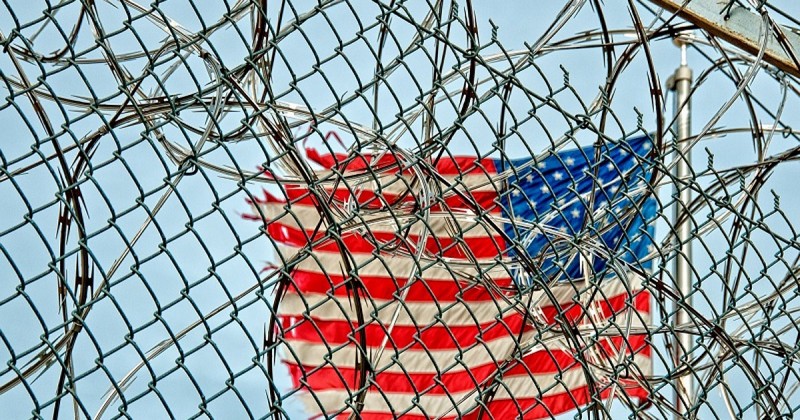U.S. psychologists involved in torture of Al Qaeda detainees

The APA legitimized U.S. government torture programs, according to a report.
Information has recently come to light that some members of the American Psychological Association some members of the American Psychological Association (APA) endorsed and legitimized endorsed and legitimized torture programs to extract information from detainees after 9/11..
Specifically, the APA members involved legitimized certain torture of detainees that allowed the U.S. government to legalize such activities. Among some of the entities involved in the event were the Central Intelligence Agency (CIA), senior Pentagon officials and the White House, with the then president of the United States, George W. Bush. George W. Bush.
This is especially serious considering that, currently, the APA is one of the largest organizations linked to the world of psychology worldwide. In addition, it has 150,000 members and an annual budget of 70 million dollars. It is not for nothing that its bibliographic citation system is one of the most widely used in the world.
The APA apologizes
Fourteen long years have had to pass before the APA, after successive denunciations by high-ranking members of the world of psychology, apologized for its close cooperation in military interrogations. It has done so following the publication of the Hoffman Reporta 524-page document which explicitly recounts the participation of these psychologists in what they called "enhanced interrogation techniques", a euphemism for "enhanced interrogation techniques".a euphemism for what has always been called torture.
The Hoffman Report is making a remarkable comeback. There are now four senior APA officials who have either been expelled from the association or have suddenly left of their own accord. They include Ethics Office Director Stephen Behnke, Executive Director Norman Anderson, Deputy Executive Director Michael Honaker and Communications Officer Rhea Farberman.
What kind of torture was used in the interrogations?
The interrogations employed ruthless and cruel procedures. One of them was to play loud music to prevent the detainees from falling asleep. They also forced the suspects to walk every fifteen minutes throughout the night in order to keep them awake.
Another type of torture used was what was known as waterboarding o simulated drowning. This technique consists of immobilizing the individual and pouring water over his nose and mouth so that he does not actually drown but it does produce the sensation of asphyxiation.
Finally, it should also be noted that some CIA agents threatened to assault and violently attack the close relatives of the detainees.
What role did psychologists play in the torture?
The psychologists analyzed the detainees and reported on their mental state, looking for their weak points (phobias, etc.) to later use them against them.
Jim Mitchell and Bruce Jessen, two retired U.S. military psychologists, played a key role in the torture of suspected members of the Al Qaeda terrorist group.
Learned helplessness as a technique to extract information from prisoners
Specifically, these psychologists proposed the theory of learned helplessness as a starting point for obtaining the information they wanted. This theory was formulated and developed by Martin E. P. Seligman during the 1970s, who studied the effects of electric shocks on animals. Seligman observed that these animals manifested behaviors related to depression. He also noted that these behaviors only occurred when the animal lost all hope, that is, when it came to think that it could not change its unfortunate situation.
The use of this theory in the interrogations was aimed at reaching a moment in which the detainee lost all hope, as occurred in Seligman's experiments, and thus agreed to the demands of the agents.
Stephen Soldz, a renowned Boston psychoanalyst who had been denouncing the APA for a decade, explains that the CIA agents excused themselves on the grounds that they were only following the recommendations proposed by the psychologists..
The fine line between the ethical and the illicit
This whole affair leads me to reflect on what the psychologist's profession entails. We know theories and master concepts that can influence human beings, but that does not give us any power to misuse them.
All professionals in this field should be clear about the line between what is ethical and what is unlawful. Especially in the dangerous field of military psychology.
(Updated at Apr 13 / 2024)